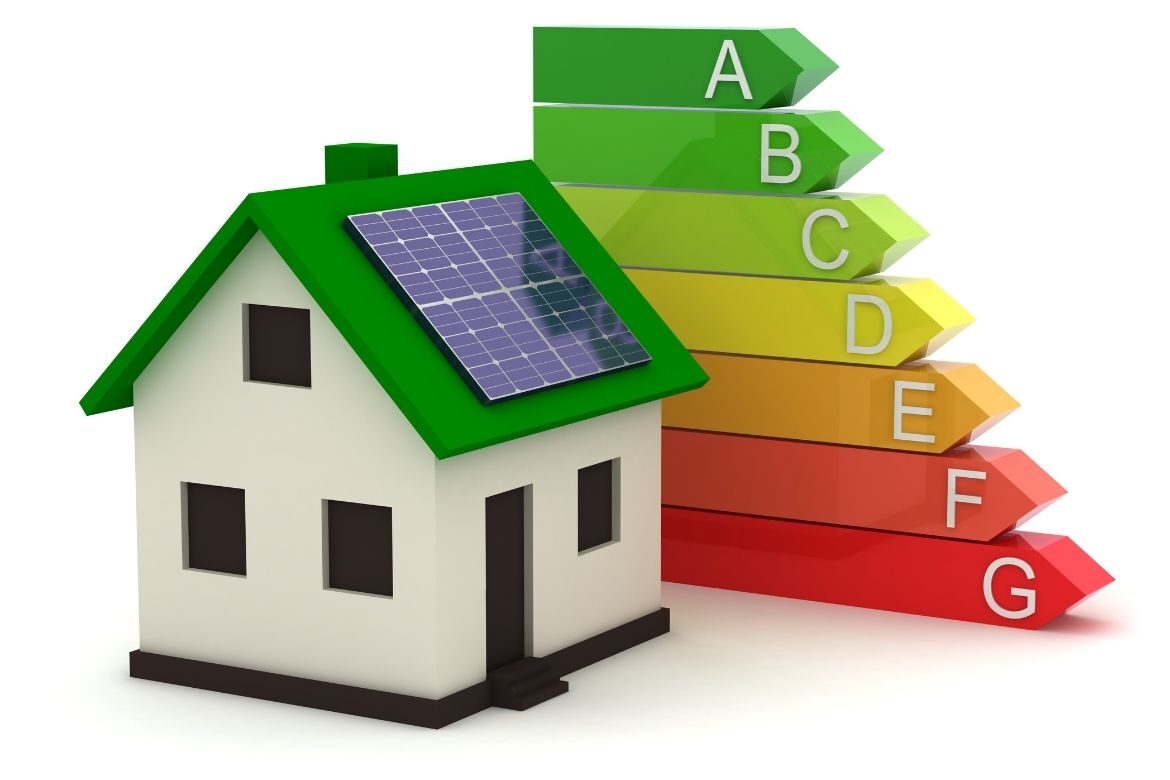Dwellings built in 2015-2021 were considerably more energy efficient than those built in earlier periods, with 98% given an “A” rating compared with 34% in 2010-2014 and 1% in 2005-2009. This is according to figures released this week by The Central Statistics Office (CSO).
Dublin County had the highest combined “A” and “B” rating at 32%. Leitrim had the lowest proportion of combined “A” and “B” rating at 11%.
Dublin 18, with an average dwelling age of 18 years, had the highest proportion of combined “A” and “B” rating at 46%. The average age of dwellings in Dublin 15 that have had a BER audit done was 17 years, but the combined “A” and “B” rating was much lower at 32% than in Dublin 18. The highest proportion of combined “F” and “G” rating was 25% for Dublin 7.
Electricity was the main space heating fuel used in 56% of the dwellings completed during 2015-2021 and with a BER audit. This was an increase from 2000-2004 when 19% of dwellings with a BER audit used electricity. There was a contrasting trend for heating oil with 35% of 2000-2004 built dwellings using heating oil compared with 3% for dwellings built in 2015-2021.
The average floor area of all dwellings with a BER audit was 113 square metres. This average size varied from 159 square metres for detached houses to 60 square metres for basement dwellings.
There was an increase in the number of Building Energy Rating (BER) audits reported in 2021 when the number of completed BER audits was 8% above the number in 2020.
There were 23,960 BER audits reported in quarter four 2021 compared with 22,937 in quarter four 2020. This is an increase of 4%. In the period 2009 to December 2021 just over 1.1 million BER audits have been undertaken.
LSL News

